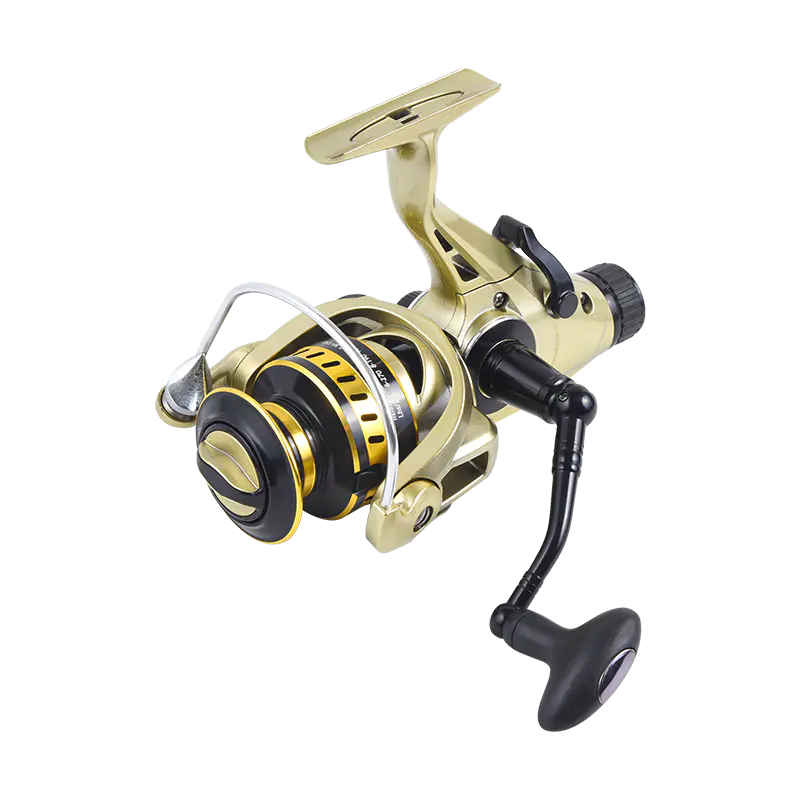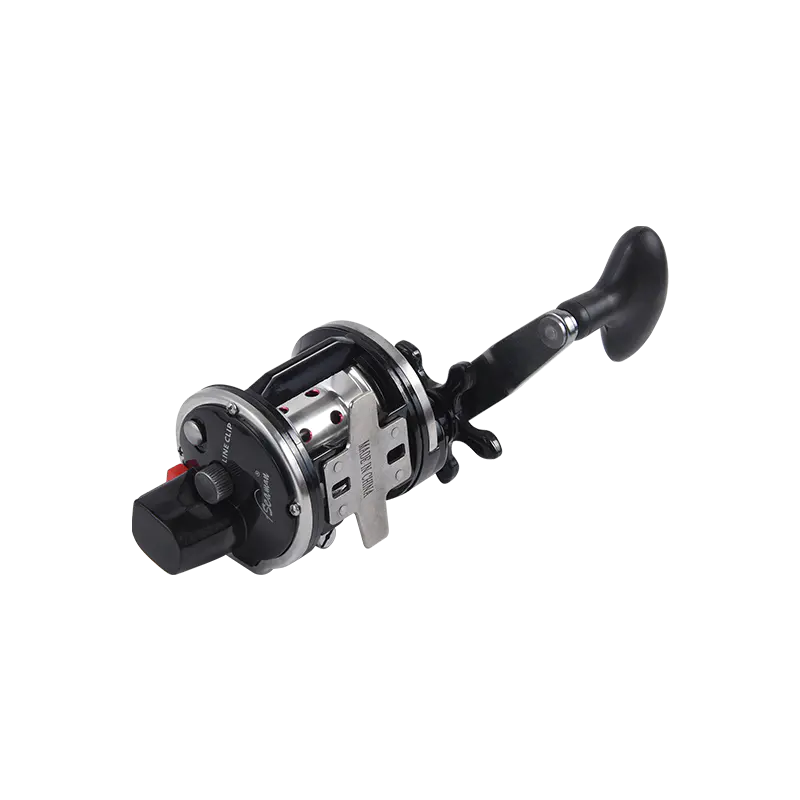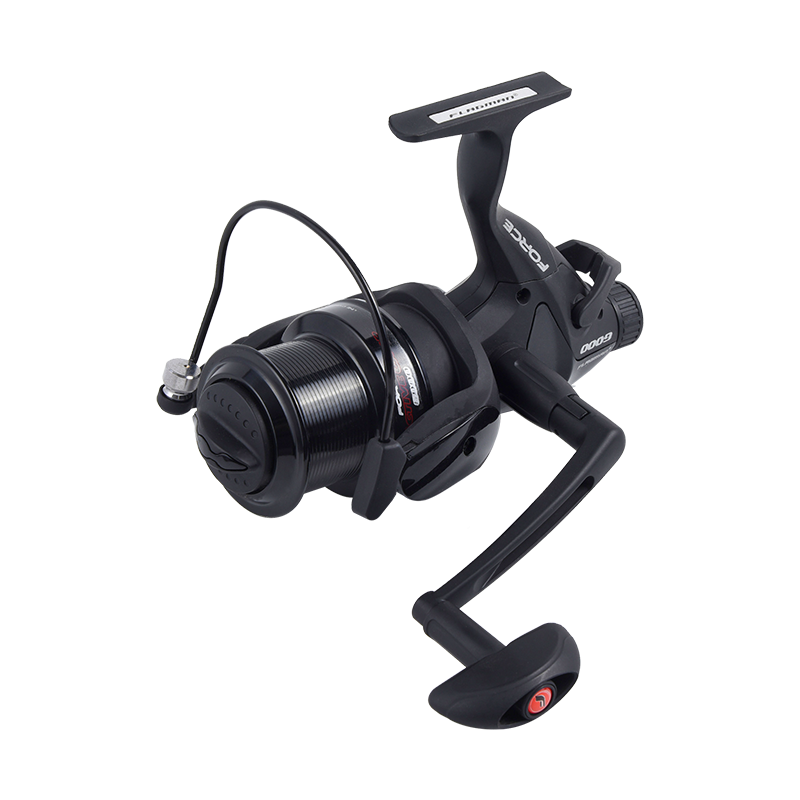In the intricate world of angling, where every component of fishing equipment plays a vital role, the fishing reel handle often takes center stage. This unassuming part of the reel is, in fact, a crucial element that connects the angler to the reel, dictating the rhythm and precision of retrieves. In this comprehensive exploration, we will delve into the nuances of the fishing reel handle, unraveling its design, functionalities, and the profound impact it has on an angler's fishing experience.
The fishing reel handle serves as the interface between the angler and the reel's internal mechanisms. It is responsible for retrieving the fishing line, controlling the drag system, and, ultimately, playing a significant role in the success of landing a catch. Fishing reel handles come in various designs, each tailored to meet specific preferences, fishing styles, and the demands of diverse angling scenarios.
Handle Material:
Fishing reel handles are crafted from a variety of materials, including aluminum, cork, EVA foam, and rubber. The choice of handle material affects the overall feel, comfort, and durability of the handle.
Handle Knob Design: The knob at the end of the handle is a crucial ergonomic feature. It comes in different shapes, such as paddle, T-bar, and ball, each offering a unique grip and feel. The design of the handle knob influences the angler's comfort during prolonged use.
Handle Length: The length of the handle determines the leverage an angler has during retrieves. Longer handles provide increased leverage for powerful retrieves, while shorter handles offer a quicker and more compact turning motion.
Retrieval Ratio: The handle's retrieval ratio, expressed as the amount of line retrieved per turn, influences the speed at which line is brought in. Anglers can choose handles with different retrieval ratios to match their preferred fishing techniques and target species.
Ambidextrous Design: Many fishing reel handles are designed to be ambidextrous, allowing anglers to switch the handle to either side of the reel. This feature caters to both left-handed and right-handed anglers, enhancing versatility.
Comfortable Grip: A well-designed handle provides a comfortable and secure grip, allowing anglers to maintain control during retrieves and ensuring a pleasant fishing experience, even during extended periods on the water.
Efficient Retrievals: The length and retrieval ratio of the handle impact the efficiency of line retrieval. A handle that matches the angler's preferences and fishing style contributes to quick, smooth retrieves, especially when battling fast or powerful fish.
Customization Options: Many modern fishing reels allow anglers to customize their handles. This may include choosing different handle knobs, adjusting handle lengths, or even selecting handles with specific gear ratios, offering a personalized touch to the angler's setup.
Increased Sensitivity: A well-balanced handle enhances the angler's sensitivity to subtle movements transmitted through the fishing line. This is particularly crucial when finesse fishing or detecting delicate bites, ensuring that the angler remains connected to the underwater activity.
Adaptability to Fishing Conditions: A versatile handle design allows anglers to adapt to different fishing conditions. Whether finesse fishing in clear, calm waters or power fishing in heavy cover, the right handle design facilitates an effective and enjoyable fishing experience.
Material Durability: Consider the durability of the handle material, especially when fishing in saltwater or harsh environments. Aluminum handles are known for their corrosion resistance, making them suitable for marine angling.
Comfort and Grip: Evaluate the design of the handle knob and its comfort during use. Some anglers prefer the cushioned feel of EVA foam, while others may opt for the firmness of rubber or the classic appeal of cork. Choose a handle that suits your grip preferences.
Handle Length: Determine the ideal handle length based on your preferred fishing techniques. Longer handles offer increased leverage for powerful retrieves, while shorter handles provide a quicker turning motion, ideal for techniques requiring rapid line pickups.
Ambidextrous Design: If you are a left-handed angler, ensure that the fishing reel handle is ambidextrous or can be easily switched to the left side. This feature is crucial for maintaining comfort and control based on your dominant hand.
Retrieval Ratio: Consider the retrieval ratio of the handle and choose one that aligns with your fishing style. A higher retrieval ratio results in faster line retrieval, suitable for techniques that require quick and efficient retrieves.

 English
English
 中文简体
中文简体
 Español
Español















